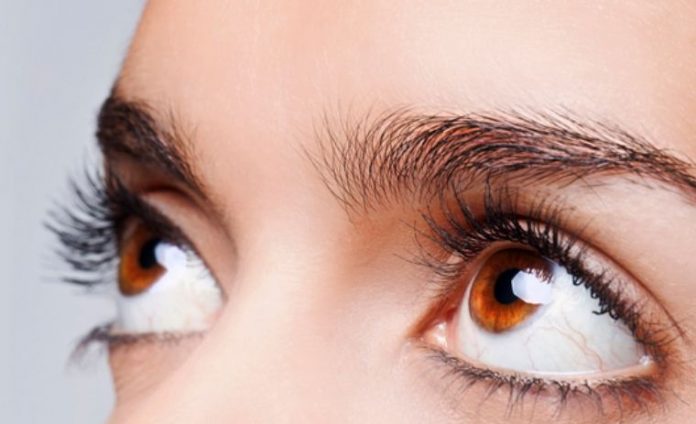As the years roll on, dry eyes are a common fact of life for many people aged over 40.
Blurred vision, gritty scratchy eyes, burning sore eyes; these are all common symptoms that are used to describe the misery and irritation that accompanies age related dry eye syndromes.
For large numbers of dry eye sufferers however the symptom that bewilders them the most is not the soreness or grittiness but how watery their eyes get with the most trivial of causes.
A little bit of glare or the slightest of winds and they find tears racing down their cheeks. If their eyes are so dry why in the heck do they water so much?
The secret to understanding the dilemma lies in understanding the nature of the tear film on the front of the eye and some of the more common causes of age related dry eye problems. Although tears look like water they are vastly more complex in nature. Anyone who has ever cried knows from the taste that they are slightly salty but what else do they contain?
Tears have three layers all with different important functions. Coating the front of the eye is a thin mucus layer.
This mucus helps the second or watery layer stick close to, and spread evenly over, the eye’s surface.
The middle layer is a thicker watery layer that gives tears their salty taste. It contains micro nutrients and special defensive enzymes that keep the eye moist and healthy.
The outer or surface layer of the tear film is a very thin layer consisting mainly of lipids (oils).It’s main purpose is to keep the tear film intact as long as possible by slowing down evaporation.
Dry eye problems have many causes ranging from natural aging and hormone changes to the side effects of common medication and inflammatory conditions.
One of the more frequent types, KeratoConjunctivitisSicca (KCS) occurs when the middle watery layer is too thin or missing, usually due to poor production from the main tear producing gland, the Lacrimal gland.
Another common type is due to evaporative tear loss. Any obstruction or malfunction of the Meibomium (oil) glands in the lids often means no oily top layer to the tear film and tears easily and quickly evaporating.
Any problems with the top two tear layers quickly cause intermittent blurred vision and the gritty sore eyes commonly associated with most types of dry eyes.
When the main Lacrimal gland is not working there is little excessive tearing as tear production is cut significantly (e.g. Sjogrens Syndrome).
However when the top lipid layer is missing there may be plenty of watery tears but they evaporate quickly and are too thin to lubricate the eye properly.
When eyes are poorly lubricated they become irritated very quickly and the brain sends out a signal for extra ’emergency’ tears that overflow the system.
These extra tears however are still too thin to lubricate the eye properly and ocular discomfort quickly escalates.
This increasingly poor lubrication at the front of the eye from the missing lipid layer is the answer to the mystery of why some dry eye sufferers have the added misery of excessive tearing.
Most chronic dry eyes problems cannot be cured, but they can be managed with the right combination of artificial tear supplements and ocular lubricants.
Talk to your eye care practitioner about any prolonged eye discomfort and remember it’s perfectly possible to have ‘dry’ eyes that water like crazy!

